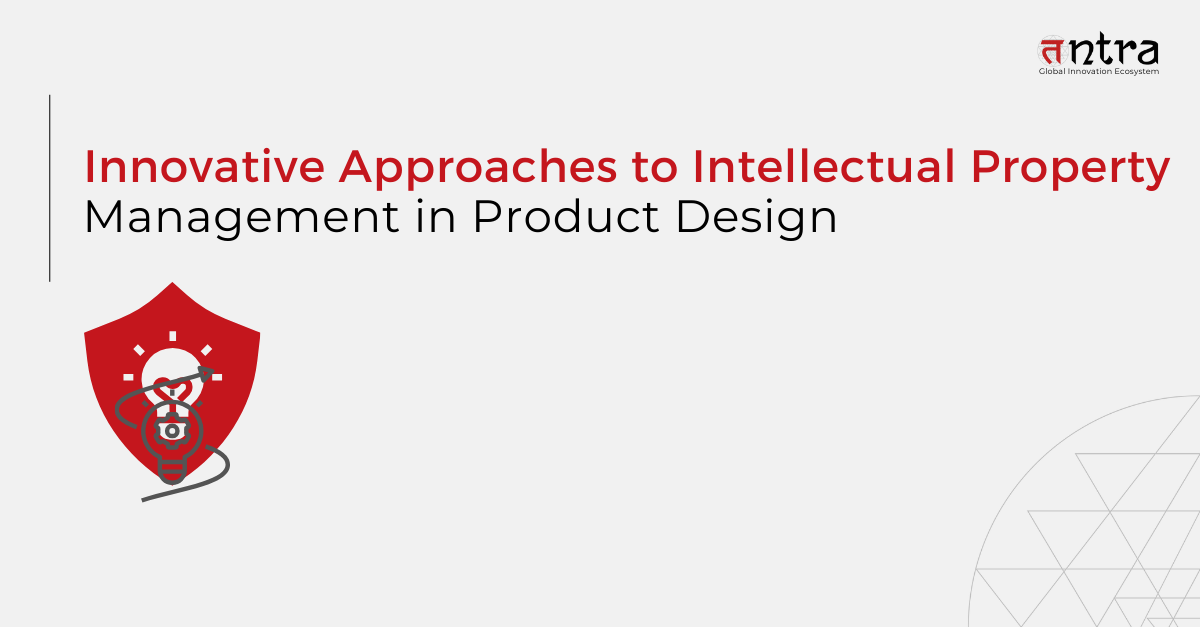
4 Strategies that Make IP Ownership Seamless and Hassle-free
Table of Contents
ToggleThe importance of Intellectual Property can never be overestimated. It provides companies a strategic and competitive advantage that keeps them ahead in their industry. However, navigating the IP ownership and innovation landscape requires deliberate planning. With strategies like continuous innovation, open-source innovation, and evolving IP strategy, companies can seamlessly manage the IP landscape and make their mark. This blog highlights how companies can easily navigate the intricacies of IP ownership and become a leader in their industry.
A patent application for an “automatic dubbing” system, which replaces speech in media with new voices, has been filed by Microsoft. This system with patent ownership by Microsoft consists of an audio processing module coupled with speech tracking software and supported by text and graphic codes. A new voice that mimics the time of the original speech is produced when the audio from a file is extracted, deleted, and, if needed, the audio and text are also translated into another language.
Artificial Intelligence has the potential to clone human sounds and translate them automatically into other languages. The patent-described method expands that capability to include personal devices, websites, DVD players, and other platforms.
Although Microsoft’s software patent application doesn’t specify the invention’s goal, it does imply that it could save dubbing expenses for media and entertainment firms. Instead of hiring human linguists, they could use their software to translate voice actors’ speeches into other languages. However, the unions for the actors may object to this, given that in some nations, voice actors are well-known for their work of localising the speech of famous Hollywood actors.
(Source: The Register)
Intellectual Property: What does the Data Say?
For a very long time, the US has led the world in technological breakthroughs and getting patent for inventions. Nevertheless, as evidenced by data from the World Intellectual Property Organisation (WIPO), reports have demonstrated that eastern nations are catching up. With 22% of all IT advances in 2018, the US ranked first, followed by China with 21%.
In 2015, the high and medium-high technology manufacturing industries received more than 80% of all manufacturing industry patents. According to data on IP (intellectual property) trends released by the United States Patent and Trademark Office (USPTO), 61% of manufacturing patents went to high technology businesses, while over 25% went to medium-high manufacturing companies. It appears that the US Patent and Trademark Office granted a greater percentage of patents to the high technology manufacturing sector.
The US economy is suffering financially as a result of IP theft. According to the Intellectual Property Commission, the US economy suffers losses of $225 billion to $600 billion as a result of intellectual property theft, which includes the theft of company secrets, counterfeit items, and pirated software. Statistics on intellectual property crimes indicate that this amounts to between 1% and 3% of the US GDP.
How to Smoothly Navigate the IP Ownership Landscape
One of the most valuable assets for any company is its intellectual property (IP), which gives it advantages over rivals in a market that is changing quickly. There are numerous ways that IP assets could influence your company and brand, regardless of how long you have been in operation or how new your venture is.
In this regard, any entity hoping to successfully navigate the complex world of intellectual property rights must grasp a range of defensive IP strategies—beyond the conventional legal frameworks.
- Focus on continuous innovation
- When it comes to intellectual property protection, the continuous and open innovation strategy is a dynamic shield. The capacity to continuously develop and improve your technology can make it difficult for rivals to catch up in a world where technical developments happen at a dizzying rate.
- This strategy is based on the idea that you will have advanced to the next big thing by the time your competitors figure out how to exploit your current innovation, giving you an advantage that will never end. Because of this never-ending cycle of invention, the company must foster an environment where teams are encouraged to be creative and adaptable, pushing the envelope and boldly venturing into uncharted territory.
- Embrace open-source
- Choosing open-source over traditional IP protection techniques is a calculated move that will change how technology companies protect their discoveries while promoting development and community involvement. Any intellectual property business can increase the robustness and innovation rate of their technologies by inviting a global community of developers to contribute by making the underlying technologies open-sourced.
- By fostering a thriving ecosystem around the product, this participatory approach not only improves it but also increases the value of the proprietary layers developed on top of the open-source core. The key to the strategy is striking a balance between providing the competitive edge and revenue model through exclusive features and services, while keeping the basic technology widely adopted and promoting community contributions.
- Start with trademark protection
- Any symbol that enables customers to identify your products or services from those of others is a trademark. With the help of an IP specialist, you can stop other people from using your trademark or a sign similar to it for products and services that are the same or comparable to those that are listed in your registration by registering your trade mark.
- You can be in possession of an unregistered trade mark right if you have been operating under a sign for a number of years without registering it. You may be able to stop others from using a mark that is similar to yours by obtaining an unregistered trade mark right, but doing so will need you to establish the brand’s reputation, which can be expensive and time-consuming. Therefore, depending on a trade mark registration is easier and less expensive.
- Regularly modify your IP strategy
- Maintaining your agreements is as important as curating and licensing an intellectual property strategy. Indeed, it could be a smart idea to appoint managers who are capable of periodically reviewing and reevaluating your IP strategy throughout the year. Since there are often changes to IP law, you should manage your IP strategy proactively to avoid conflict in the future rather than becoming complacent. A company that offers software product engineering solutions focused on intellectual property can help to easily adjust your IP strategy with ease.
The Bottom Line
Businesses today need intellectual property to function with a competitive edge. It can be difficult to navigate the complexity of intellectual property, but firms can preserve their competitive edge and defend their rights by taking a proactive and strategic approach. Collaborating between corporates and startups to promote innovation has evident benefits; nevertheless, failure to address ownership of the resulting intellectual property (IP) at an early stage may result in costly and time-consuming obstacles to future technology commercialization.
If you are searching for a partner company that can help to navigate intellectual property ownership for your innovation with software product engineering services, look no further than Tntra. With our IP expertise, technology dominance, and global network, we provide complete infrastructure for your IP and innovation to thrive.
Schedule a FREE CONSULTATION CALL today!





